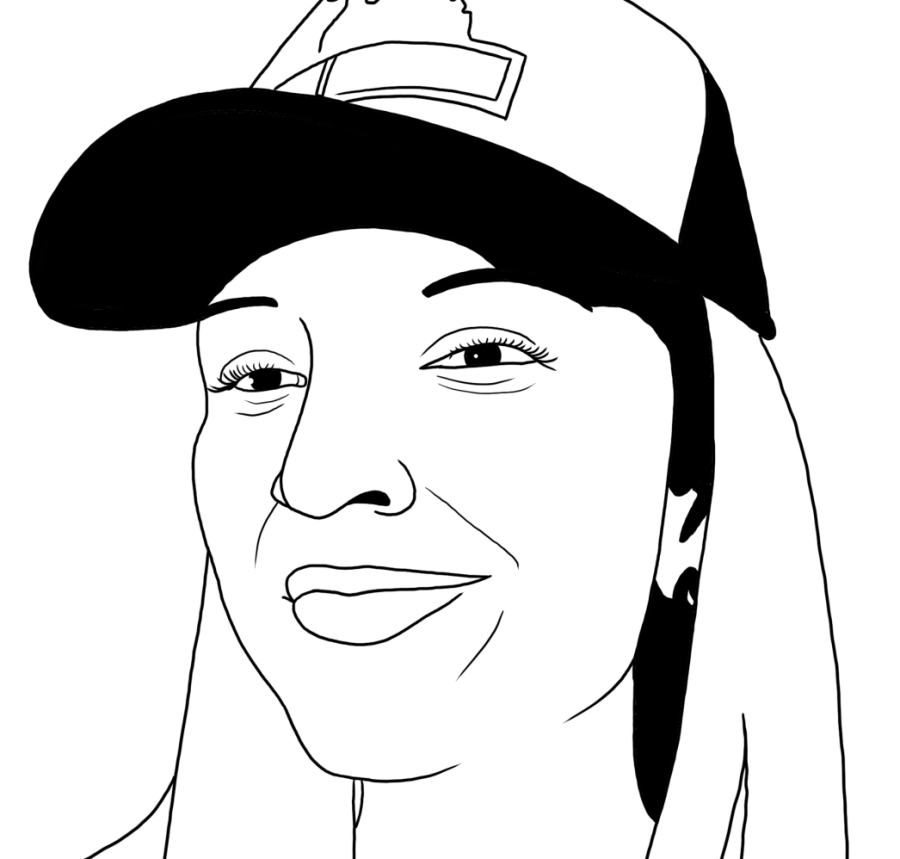The University Library system gives students access to virtual reality (VR) equipment that allows students repetition in scenarios and methods that cannot be easily repeated in real life. This could revolutionize health science education if enough educators and students buy in.
The Health Sciences Library has a Virtual Reality Studio that provides students access to equipment that can be used for a variety of classes and programs.
According to Charlie Heinz, a multimedia specialist with the University Libraries system, the technology is catching on within health sciences education as well as other disciplines like biomedical engineering and computer science.
Heinz noted he sees a broad range of students using VR, from undergraduate students to graduate and professional students, all studying various curricula and practicing a range of skills.
He sees VR technology as being the most useful for studying moderately interactive scenarios like dissecting a virtual cadaver or experiencing a live patient care scenario like surgery without having to be in the operating room.
Heinz pointed out that VR technology could solve a distance problem.
“You can actually put people into a VR headset and go into a live surgery going on in an operating room,” he said. This could be extremely useful in cases where space or the number of people allowed in an area is limited.
VR technology could also be used to make patient encounters more accessible to students. Not only could this come in the form of expanding standardized patient scenarios in the VR space, but also through watching live patient encounters.
Heinz added VR technology could be used to build interactive patient scenarios similar to “choose your own adventure,” games where you can make decisions that lead to different outcomes. “And then you can do it over and over again and see how outcomes improve,” he said.
This could be particularly attractive to students hoping to take the edge off of nervousness ahead of anatomy exams or live standardized patient encounters. Heinz said he had a student in the past who wanted to use VR for cadaver practice to prepare himself for the experience due to anxiety surrounding not only performance but also the graphic and emotional nature of working with a cadaver.
“It’s like processing the experience while you’re also expected to perform,” he said.
In this way, VR can serve as a helpful form of rehearsal for students, giving them some form of “experience” going into scenarios like cadaver labs and patient encounters. It can give students a much-needed opportunity to practice as well as build confidence.
VR technology could revolutionize how medical techniques are shared across the world, as doctors could observe live surgery through VR in addition to creating simulations of case study scenarios. Doctors could research methods this way to improve patient outcomes as well.
For students, Heinz sees VR serving the greatest use in the context of anatomy studies, for now. He said VR is perfect for the simulation of cadaver dissections and even provides the professor the opportunity to annotate parts of a cadaver that may be very difficult to reach on a real body.
There are significant concerns with the use of VR technology, however. Heinz noted he does not see VR ever fully replacing in-person cadaver dissection or standardized patient encounters, partly because students need to be able to cite those “real” experiences when applying for residencies and jobs to feel competitive.
“They’re worried about the impression of having never worked with a cadaver, like the impression that you’ll get from other people,” he said.
VR also presents an accessibility issue in the form of motion sickness, according to Heinz. Some students are more sensitive to the current limitations in image distortion and frame rate in VR, leading to motion sickness when they use this equipment.
“If your performance is low, and you’re getting dropped frame rate … that’s going to make almost anyone sick,” he said. He also noted forced perspective scenarios using a 360-degree camera can have a similar effect.
Additionally, researchers are showing concern about the limitations of VR in medical education in terms of critical skills like working in groups or communication skills with patients. Healthcare settings are increasingly collaborative, and patient care involves the patient on that team more than ever before, so it makes sense these skills need to be a priority in medical education.
Overall, Heinz sees VR technology as a useful supplement to existing methods in health sciences education, but it certainly is not going to replace traditional methods any time soon.
VR has the potential to help send medical students and health professionals out into care settings with more confidence and a broader set of clinical experiences than is always possible. We just need to make sure they can communicate effectively along the way. Perhaps the answer to this is to integrate group interaction into VR or spend more time on communication practice in class, while VR can take a larger role in study time.
Would you like Allison to follow up on this topic or explore something specific? Contact her at [email protected] with questions, comments or story ideas.














